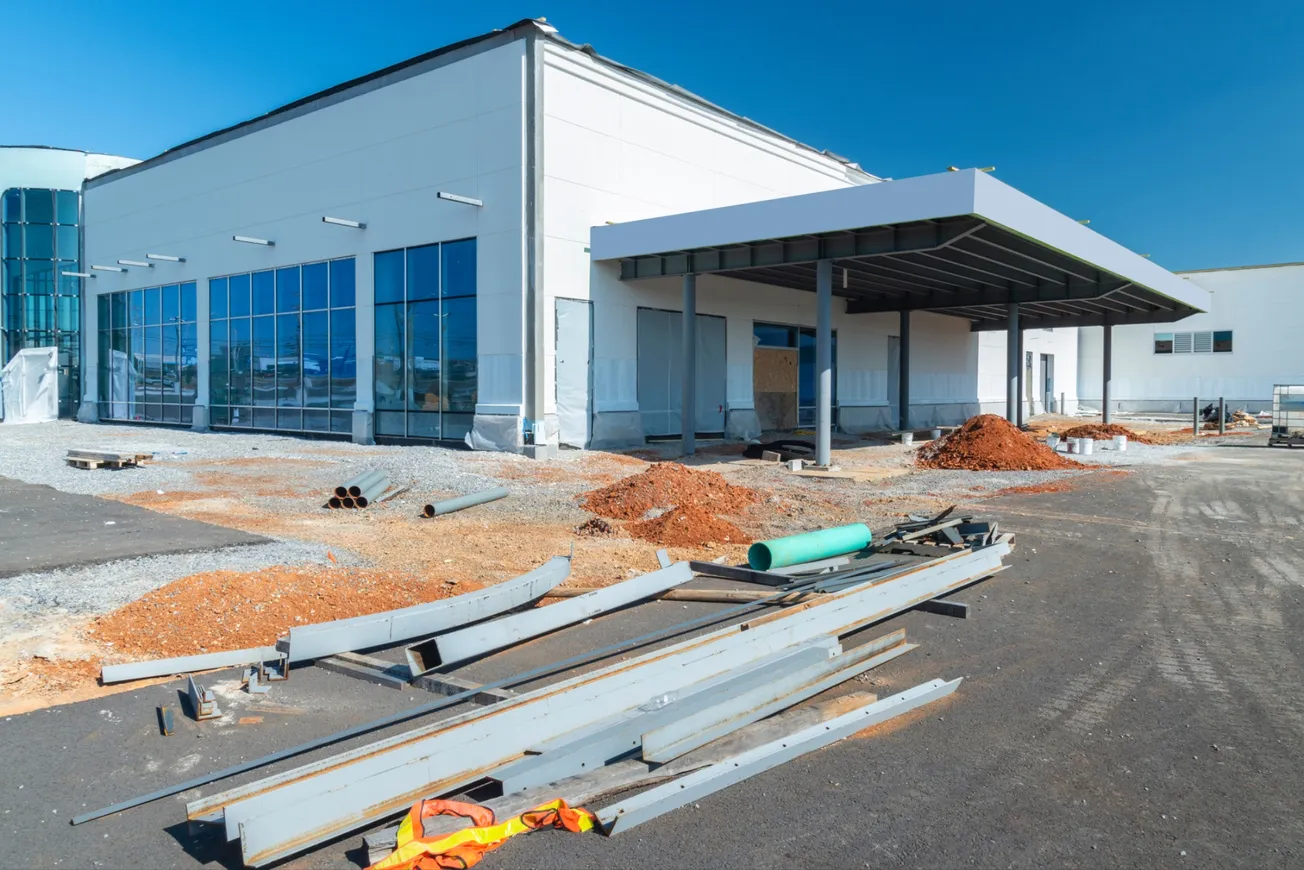The retail industry is experiencing significant shifts in store formats and sizes, driven by evolving consumer preferences, technological advancements, and economic pressures. Here are some recent trends and examples from various sectors, including a unique development by Costco.
Walmart continues to operate large supercenters, which serve as one-stop shops for groceries, apparel, electronics, and more. These stores also function as fulfillment centers for online orders, supporting Walmart's omnichannel strategy. Additionally, Walmart is investing in technology to enhance the shopping experience, such as self-checkout and automated fulfillment systems.
Some retailers are adopting smaller store formats to reduce overhead costs and increase flexibility.
Best Buy Canada is opening 167 small-format stores in partnership with Bell Canada, offering a curated tech assortment and telecom services, emphasizing a rapid expansion into new communities. These Best Buy Express stores will also feature buy-online-pick-up-in-store services, integrating the benefits of physical and digital retail.
Macy's has also focused on small-format stores to provide localized and targeted shopping experiences. These stores aim to be more agile and responsive to specific community needs, often featuring a more curated selection of products and personalized services.
Nordstrom has introduced Nordstrom Local, a smaller store format that focuses on services rather than inventory. These stores offer personal styling, online order pickups, and alterations, providing a high level of customer service in a smaller footprint. This format complements Nordstrom's larger stores and online presence.
Other outlets are going bigger.
Wayfair, traditionally an online retailer, opened its first large-format store in Chicago, allowing customers to physically interact with products before purchasing. This store includes technology-driven features such as digital screens and AR to enhance the shopping experience.
IKEA continues to open large-format stores worldwide. These stores are designed to offer a comprehensive shopping experience, including showrooms, restaurants, and play areas for children. IKEA's large stores allow customers to explore a wide range of products and get inspired by fully furnished room setups.
Pop-up stores and store-in-store concepts are becoming popular for brands to test new markets and concepts with minimal risk.
Sorel, for example, utilized pop-ups across Nordstrom locations to celebrate an anniversary and reignite the brand's presence. This approach allows for high-impact, short-term engagement with customers without the long-term commitment of a permanent store.
Target is adopting a flexible approach by opening both smaller urban stores and maintaining its large suburban superstores. This strategy allows Target to cater to a diverse range of customers, from city dwellers needing quick convenience to suburban families looking for a full shopping experience.They have also implemented store-in-store concepts by partnering with brands like Ulta Beauty, integrating these mini-stores within their larger retail footprint to enhance customer experience and drive traffic.
Sephora is exploring smaller store formats with its Sephora Studio concept. These stores focus on providing personalized services, such as skincare consultations and makeup classes, in a smaller, more intimate setting. The goal is to create a more engaging customer experience while maintaining a curated selection of products.
Amazon has also been at the forefront with its Amazon Go stores, which use Just Walk Out technology to eliminate the need for checkout lines, enhancing convenience for customers.
Many retailers are incorporating AI for inventory management, self-checkout systems, and other automated solutions to address labor shortages and improve operational efficiency.
Nike's House of Innovation stores also blend physical and digital elements, featuring interactive displays and personalized services through their mobile app integration.
Some retailers are experimenting with stores that serve as community hubs or experience centers, with focus on customer engagement and brand immersion.
Lululemon's experiential stores, for instance, combine retail with fitness classes and community events, creating a holistic brand experience.
Apple's flagship stores often serve as community centers, hosting educational sessions and creative workshops to foster a deeper connection with customers.
The need for rapid delivery and efficient logistics is leading to the repurposing of stores as fulfillment centers or dark stores.
This strategy supports buy-online-pick-up-in-store (BOPIS) and curbside pickup, addressing customer demand for speed and convenience.
Walmart has repurposed some of its locations to act as fulfillment centers to expedite delivery times and improve inventory management.
Kroger has also invested in automated fulfillment centers, utilizing robotics to enhance efficiency and meet the growing demand for online grocery orders.
Costco is venturing into a mixed-use development in Atlanta, combining retail with residential spaces.
The development includes a Costco store integrated within an apartment complex, featuring 800 apartment units. This unique approach not only provides convenient access to retail for residents but also creates a vibrant community hub. The project highlights Costco's innovative strategy to blend retail with living spaces, offering a new model for urban retail development.
These trends reflect a dynamic and adaptive retail landscape where the format and size of stores are tailored to meet specific strategic goals, reflecting changing consumer preferences and market conditions. Smaller formats offer flexibility and localized experiences, while larger stores provide comprehensive shopping and community engagement opportunities.









